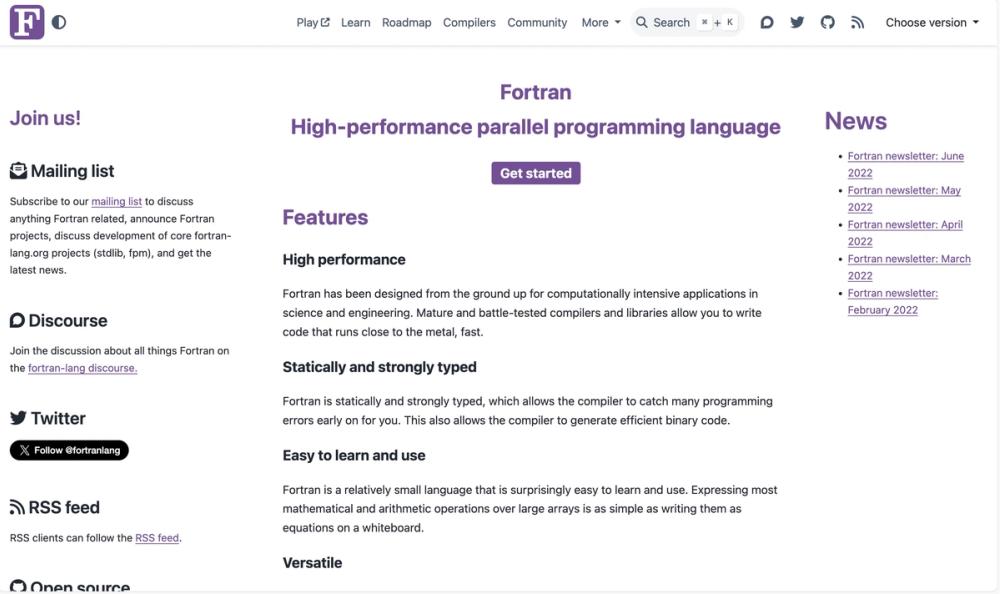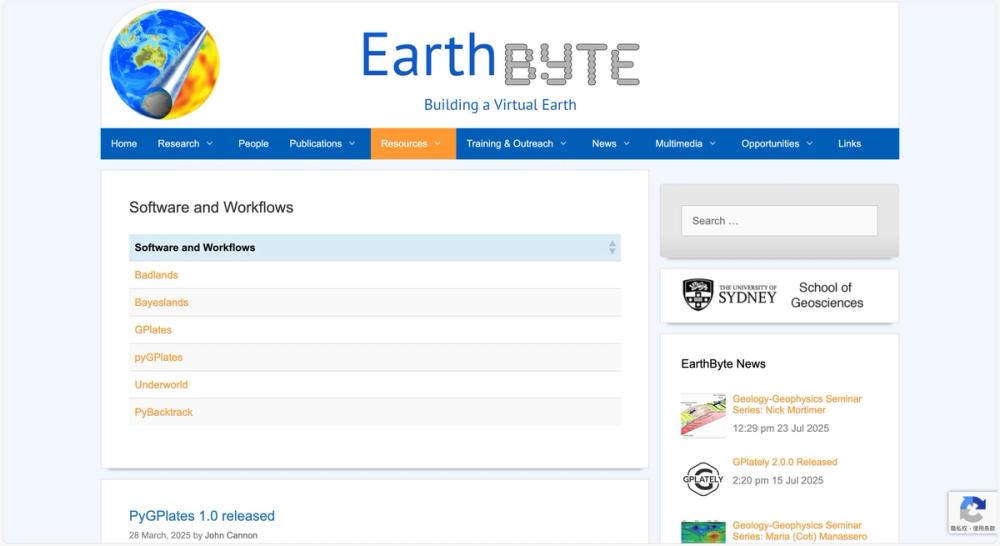Fortran Programming Language
Fortran is a high-performance, parallel programming language designed for computationally intensive applications in science and engineering. With a history of over six decades, it remains a cornerstone in High Performance Computing (HPC) due to its efficiency and robust compiler support.
Key Features
- High Performance: Optimized for numerical and scientific computations, Fortran enables code to run close to hardware limits with mature, battle-tested compilers and libraries.
- Statically and Strongly Typed: Enhances error detection at compile time and generates efficient binary code.
- Ease of Use: A relatively small language, easy to learn, with intuitive syntax for mathematical operations on large arrays.
- Versatility: Supports multiple programming paradigms including imperative, procedural, array-oriented, object-oriented, and functional styles.
- Native Parallelism: Offers built-in parallel programming capabilities with coarrays, teams, and collective subroutines for seamless execution on single CPUs, multicore systems, or distributed HPC clusters.
Use Cases
Fortran is predominantly used in domains requiring heavy computation such as numerical weather prediction, computational fluid dynamics, applied mathematics, statistics, and finance. It is the dominant language for benchmarking the world's fastest supercomputers, as seen in the TOP500 list. Ideal for developers and researchers needing fast arithmetic computation over large numeric arrays, Fortran continues to evolve with active development in tools like the Standard Library and Fortran Package Manager.
Whether you're in academia, research, or industry, Fortran provides the performance and reliability needed for cutting-edge scientific applications.




